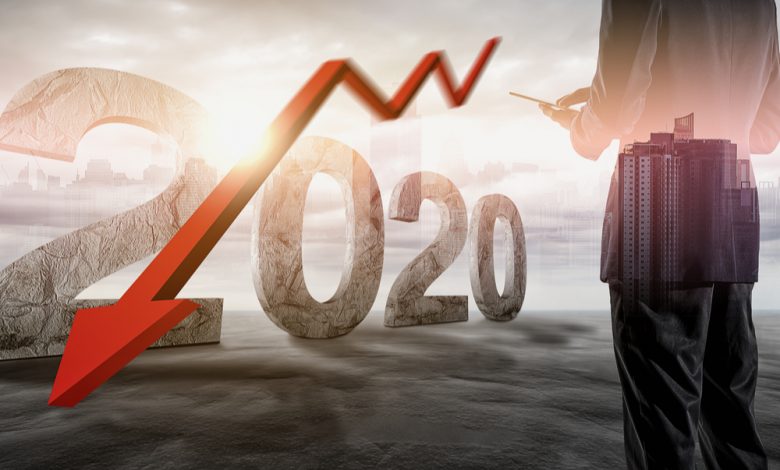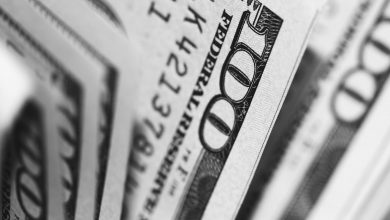
Investors, economists, and the general public at large are worried that we are headed towards a recession; partly due to the recent outbreak of the coronavirus. The epidemic of the virus has disrupted supply chains, reduced consumer demand, and made companies reduce their opening hours – if not outright close stores – for areas affected by the illness.
Here are five signs that a recession could be on the way:
Table of Contents
1) Manufacturing in China Has Dropped to the Lowest Rate Since 2004
The manufacturing-purchasing-managers index in China fell from 50 in January to 35.7 in February, according to data from the National Bureau of Statistics. This is the lowest reading since records began with the survey in 2004. The non-manufacturing gauge in China also dropped to the lowest point ever, hitting 29.6.
These are key indicators that coronavirus is having a more significant impact on the economy than the 2008 financial crisis.
2) US Factory Activity Has Practically Halted
Manufacturing in the United States also dropped according to information from the Institute for Supply Management.
The manufacturing index dropped to 50.1, falling below the expected 50.5 print. A reading over 50 indicates that the sector is expanding. The gauge was slightly above this in January, reaching 50.9 for the first time since last July.
3) The Inverted Yield Curve
The yield curve becoming inverted is one of the most popular indicators of an upcoming recession. Last month, the yield-curve inversion between three-month and 10-year US Treasury bond yields dropped to their lowest point since October over concerns about coronavirus and the economic impact of the virus.
Inverted yield curves are caused by long-term debt having a lower yield than short-term debt. This is commonly accepted as being an indicator of a recession. While recessions may not happen instantly, data collected over the decades have shown that they generally occur within two years of an inverted yield curve. Reuters says that the yield curve has always inverted before every recession in the past 50 years, with only one false positive.
4) Drop in Government Bond Yields
Global bond yields dropped across the board over fears about the coronavirus. Government bonds are considered a safe investment. When the economy becomes uncertain and there’s a change in market conditions, investors move to these safe investments, such as bonds and gold. The more demand there is for government bonds, the higher the price for the bonds – and the lower their yields.
There has been an increased demand for US Treasuries as stocks reached their lowest point in over a decade in February. The S&P 500 Index and Dow Jones industrial average entered correction territory with investors having little to no hope in stocks being able to avoid damage caused by coronavirus.
5) Economists and Bankers Offer Warning Signals
Bankers and economists from across the world are issuing their own warnings about the threats of recession. Former Federal Reserve Chair Janet Yellen warned last week that the outbreak could lead to a slump in the economy.
CNBC also reported the news that research showed there was a 70% chance of a recession hitting in the next six months, with the CEO of the deVere Group warning that the damage to spending, trade, and supply chains was taking us to the “brink of a global recession.”
The economy was already showing signs of a possible slowdown, but now the outbreak of the coronavirus has left us closer to the threat of a recession than ever.





Leave a Reply
Thank you for your response.
Please verify that you are not a robot.